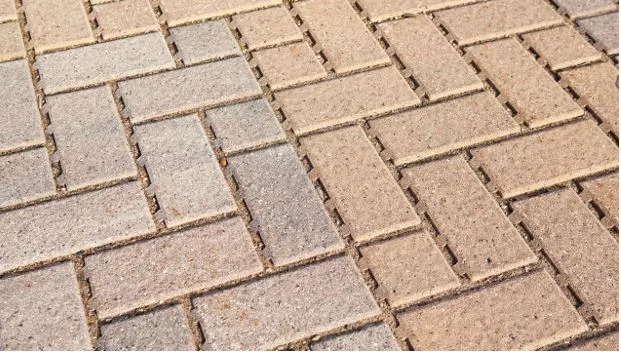The Environmental Benefits of Permeable Pavers (and How to Install Them)
Permeable pavers are gaining popularity—and for good reason. They don’t just look great in driveways, patios, and walkways; they also offer impressive environmental benefits. From reducing stormwater runoff to improving groundwater recharge, these pavers do more than meet the eye. In this guide, we’ll explore why they’re eco-friendly and how to install them the right way.
Why Permeable Pavers Are Better for the Environment
1. Reduces Runoff and Flooding
Traditional concrete or asphalt surfaces don’t absorb water. Instead, rain runs off into sewers, often overwhelming drainage systems. Permeable pavers allow rain to seep through, minimizing the risk of localized flooding.
2. Filters Pollutants
As water passes through the layers beneath permeable pavers, contaminants like oil, grease, and metals are naturally filtered out by the gravel and soil layers.
3. Recharges Groundwater
Instead of sending rainwater away, these pavers let it infiltrate into the soil, helping to replenish groundwater supplies—a big win for drought-prone areas.
4. Combats Urban Heat
Concrete and asphalt absorb and radiate heat. Permeable pavers stay cooler, reducing the heat island effect in cities and making outdoor spaces more comfortable.
How to Install Permeable Pavers
Installing permeable pavers requires more than just laying bricks. Here’s a step-by-step overview:
Step 1: Plan Your Site
- Choose a flat or gently sloping area
- Check local regulations
- Ensure water can flow naturally away from your home
Step 2: Excavate the Area
- Remove existing soil to a depth of 10–12 inches
- Ensure a 1–2% slope for proper drainage
Step 3: Add a Geotextile Fabric
- Lay this at the base to separate soil from gravel and prevent clogging
Step 4: Create a Gravel Base Layer
Need help choosing the right materials? This guide on the best gravel for drainage breaks it down clearly.
- Use angular gravel for maximum drainage
- Compact the gravel in layers using a plate compactor
Want to compare this method with traditional trench drainage? See this cost guide for French drains as a reference.
Step 5: Add Bedding Layer
- Add a layer of coarse sand or smaller gravel
- Level it with a screed board
Step 6: Lay the Pavers
- Set pavers in the desired pattern
- Leave small gaps for infiltration (3–5 mm)
Step 7: Fill the Joints
- Sweep fine gravel or joint aggregate into the gaps
- Compact once more to settle everything in place
Maintenance Tips
- Remove debris regularly to prevent clogging
- Vacuum or pressure-wash lightly every 6–12 months
- Refill joint gravel as needed
The Bottom Line
Permeable pavers are a sustainable landscaping choice that combines beauty with eco-benefits. They help manage water, reduce erosion, and support healthier local ecosystems—all while enhancing your curb appeal.
For help with eco-conscious landscape design and drainage planning, Ware Landscaping provides expert services tailored to your property’s needs.


